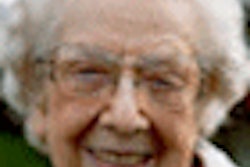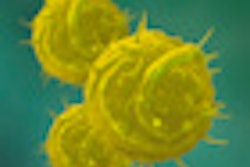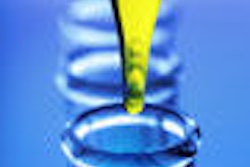Periodontal ligament stem cells (PDLSCs) have been found to be the most efficacious of three kinds of clinically tested dental tissue-derived stem cells, according to a study published in the current issue of Cell Transplantation (2011, Vol. 20:2, pp. 271-285).
The transplantation of PDLSCs into beagle dogs modeled with advanced periodontal disease that affected their premolars and molars was most effective, the study authors noted. PDLSCs showed the best regenerating capacity of the periodontal ligament, alveolar bone, cementum, peripheral nerve, and blood vessels when compared with similar transplants using dental pulp stem cells or periapical follicular stem cells, they wrote.
"Periodontitis, characterized by bone resorption, periodontal pocketing, and gingival inflammation, is the most common cause of tooth loss in adults" and affects 10% to 15% of adults worldwide, according to Pill-Hoon Choung, DDS, PhD, of the Seoul National University School of Dentistry. "Our study sought to evaluate the effectiveness of autologous stem cell transplantation (i.e., transplant of a patient's own cells) using three kinds of autologous dental stem cells similar to mesenchymal stem cells."
Past efforts at improving periodontal regeneration included xenogenic bone particle graft using growth factors, but the clinical results were generally unsatisfactory, the researchers said.
In their study, Dr. Choung's group found PDLSCs to be most efficacious of the three cell types since they offered the best results with respect to the quality and quantity of regenerated tissues. PDLSCs made more calcium nodules and showed higher alkaline phosphatase activity than did the other two stem cell varieties, Dr. Choung noted.
Further studies should investigate which factors influence the stabilization and differentiation in the diseased periodontal microenvironment and which factors make the three kinds of dental stem cells react differently in vivo, the researchers concluded.
"This study highlights the diverse sources of stem cells available in the tissues of the body for repair and how the optimal cell type for possible treatments needs to be determined -- in this case for the treatment of dental-related disorders such as gum disease" said Paul Sanberg, PhD, DSc, co-editor-in-chief of Cell Transplantation and executive director of the University of South Florida Center of Excellence for Aging and Brain Repair.



















